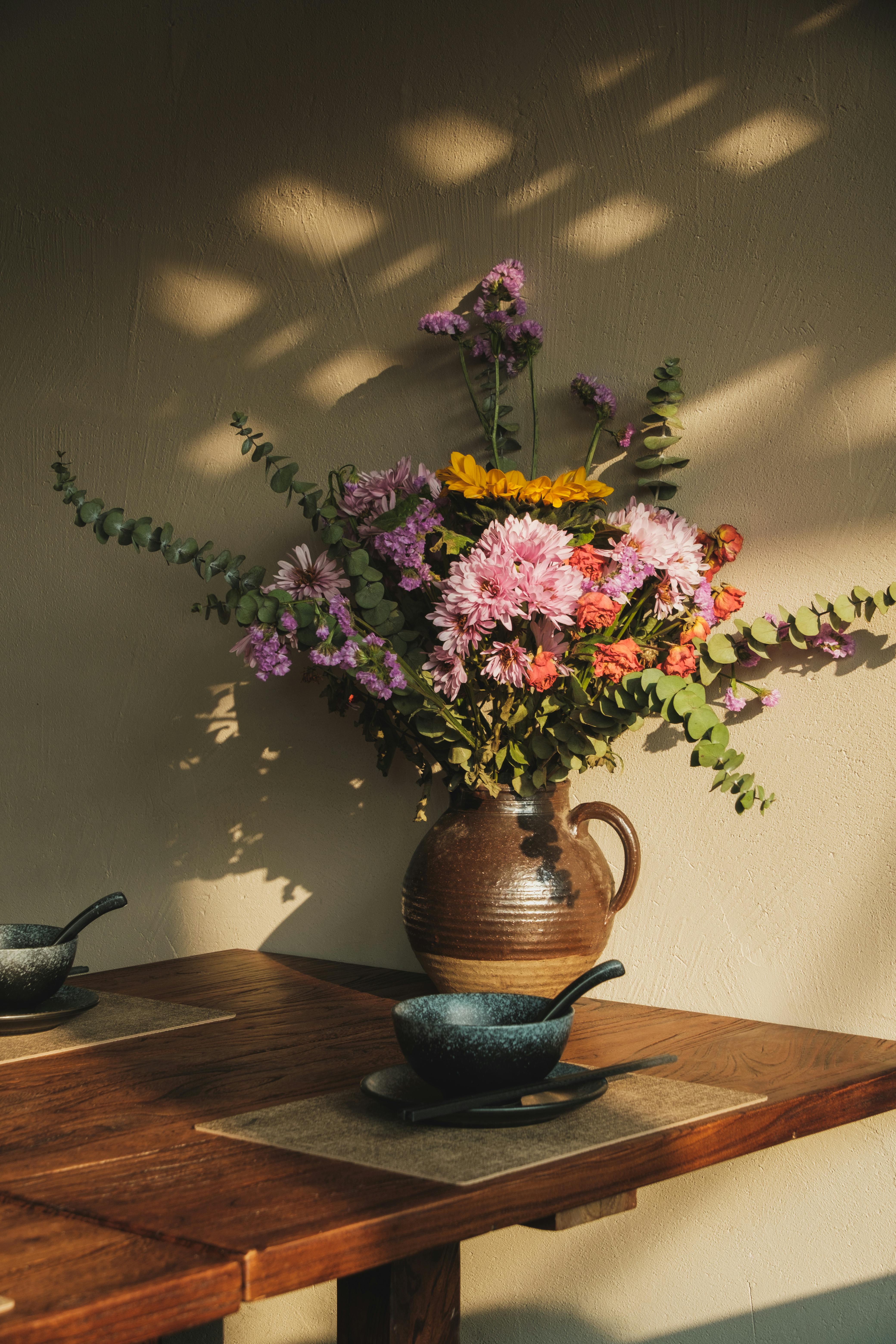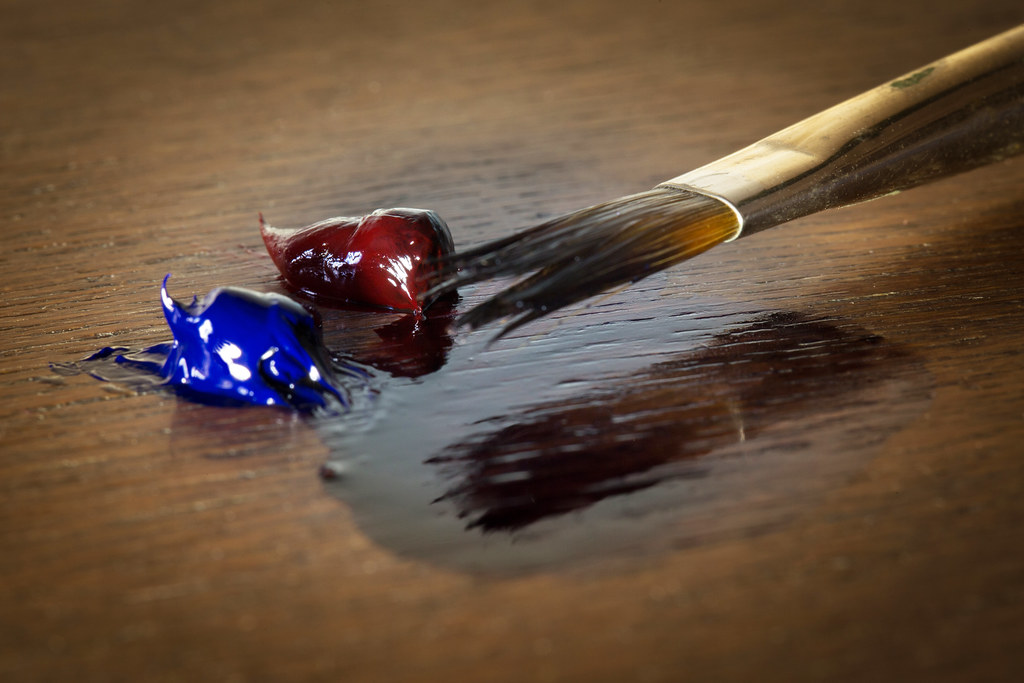Ceramic skills have been revered throughout history, showcasing the artistry and craftsmanship behind one of humanity’s most ancient and versatile art forms. These skills, passed down through generations, are essential for sculpting, wheel-throwing, glazing, and more, allowing artisans to transform raw materials into beautiful and functional pieces. Below is a summary of various components that make up this captivating craft.

| Skill Component | Description | Typical Tools |
|---|---|---|
| Sculpting | Shaping clay by hand into desired forms. | Paddle, rib tool |
| Wheel-Throwing | Using a potter’s wheel to create symmetrical vessels. | Potter’s wheel, sponge |
| Glazing | Applying liquid glass to ceramic surfaces for coloration and finish. | Brushes, glaze tongs |
The Intricate Art of Sculpting

Sculpting in ceramics demands both patience and imagination. Imagine molding a lump of clay with nothing but your hands and a selection of tools like a paddle or rib tool. This process allows you to breathe life into everyday objects or intricate art pieces. Each hand movement is infused with the artisan’s creative vision, transforming simple clay into a tangible form that holds meaning. It’s in these transformative moments where the true artistry of ceramic sculpting comes alive, illustrating the seamless blend of technical skill and artistic expression.

To understand the types and applications of different clay bodies used in this art enhances an artisan’s ability to choose the best medium for their projects.
Mastering the Wheel: The Dance of Wheel-Throwing

Wheel-throwing may seem like magic to the uninitiated. Picture a potter seated at the wheel, their hands gracefully guiding the clay as the wheel spins. This rhythmic dance requires a deep connection between clay, hands, and mind to shape pieces with perfect symmetry. Key tools like the potter’s wheel and sponge are essential in this mesmerizing process, as they assist in achieving the desired form and smooth texture. While the learning curve can be steep, mastering wheel-throwing opens a world of creative possibilities, from delicate cups to intricate vases.

If you’re interested in exploring the ultimate guide for ceramic artists on pottery greenware, it could further aid your understanding of the drying stages of clay pots.
Glazing: Coloring the World

Once the sculpting and wheel-throwing are complete, glazing takes the stage. It’s like the finishing touch that adds personality and vibrancy to the ceramic artwork. The application of liquid glass transforms the surface of the clay, not only by adding color but also by enhancing durability and providing a glossy or matte finish. This step requires precision, often using brushes and glaze tongs to apply the glaze evenly. It’s here that the artist’s color palette comes to life, adding depth and allure to the final piece.

Additionally, learning about clay pottery techniques can significantly improve one’s skills, ensuring that the pieces are both aesthetically pleasing and structurally sound.
Unlocking Creativity and Community

Engaging in ceramics is more than just crafting objects; it’s about unlocking creativity and building a community. Whether you’re a seasoned potter or a newcomer to the wheel, the practice of ceramic arts nurtures creativity and fosters connection with others who share this passion. Many find that working with clay can be meditative, providing a sense of calm and focus.

For those who wish to experience these forms in a digital medium, virtual clay offers a way to bring the act of sculpting into the virtual world.

Do you want to enhance your skills further? Participating in artist workshops provides hands-on experience and learning from seasoned professionals.
Are you ready to get your hands dirty and explore the world of ceramics? Share your experiences or ask your burning questions in the comments below, and let’s keep this creative conversation flowing! For more insights and inspiration, check out our recent articles and content!
Explore Ceramic Skills through Masterful Pottery Artists
Ceramic skills have been revered throughout history, showcasing the artistry and craftsmanship behind one of humanity’s most ancient and versatile art forms. These skills, passed down through generations, are essential for sculpting, wheel-throwing, and more. To witness these techniques in action, watch this video featuring ingenious ceramic workers who blend traditional methods with modern inspirations.
What skills do you need for pottery?
Developing strong pottery skills involves blending creativity, practical techniques, and efficient work habits. Here are some key abilities you’ll want to cultivate for success in your ceramic endeavors:
• Creative vision and an eye for detail to shape unique, expressive designs.
• Practical ceramics techniques, from handbuilding to wheel-throwing, for confident clay handling.
• Effective time management so you can plan, shape, and dry your pieces without missing deadlines.
• Strong communication skills when collaborating with fellow artists or discussing custom projects with clients.
• Solid organizational habits, including sorting and storing materials, managing tools, and keeping your workspace tidy.
• Photography, computer software, and design expertise to showcase and market your finished ceramics online.
• Basic business and marketing knowledge for budgeting, pricing, and promoting your pottery.
• Awareness of health and safety procedures for working with kilns, glazes, and other potentially hazardous materials.
What is a ceramics job description?
A ceramics designer, sometimes referred to as a pottery artist, conceptualizes and creates a wide variety of clay-based items. You’ll work with clay, porcelain, bone china, or stoneware, fashioning these materials through techniques like throwing or handbuilding, then firing them in a kiln. Adding finishing touches—such as painting or glazing—helps transform raw clay into functional or decorative pieces, reflecting your personal style and craftsmanship.
What is the basic knowledge of ceramics?
Ceramics encompass inorganic, non-metallic materials shaped and hardened through high temperatures. These materials, often composed of metal or non-metal compounds, are especially valued for their resilience, corrosion resistance, and distinctive, sometimes brittle quality. Knowing the fundamental properties of different clays and glazes enables you to better predict how your work will fire, ensuring strong, durable ceramic pieces every time.
What technique is used in ceramics?
Handbuilding is a foundational technique where you shape clay using primarily your hands or simple tools. This practice can include coil building, pinch pots, or slab construction. Another common method is wheel-throwing, which uses the spinning force of a potter’s wheel to help evenly form your clay. Both techniques offer versatile ways to explore and master the art of ceramics, allowing you greater freedom in bringing your creative ideas to life.
As we’ve explored the depth and beauty of ceramic skills, it’s clear that this timeless craft continues to inspire and connect people across cultures and generations. Whether you’re a seasoned artist or just starting out, there’s always something new to learn and create in the world of ceramics.
Join Our Creative Community
We'd love to see your ceramic journey! Follow us on Instagram for more tips, inspiration, and a community of fellow ceramic enthusiasts. Let’s keep the clay moving together!
